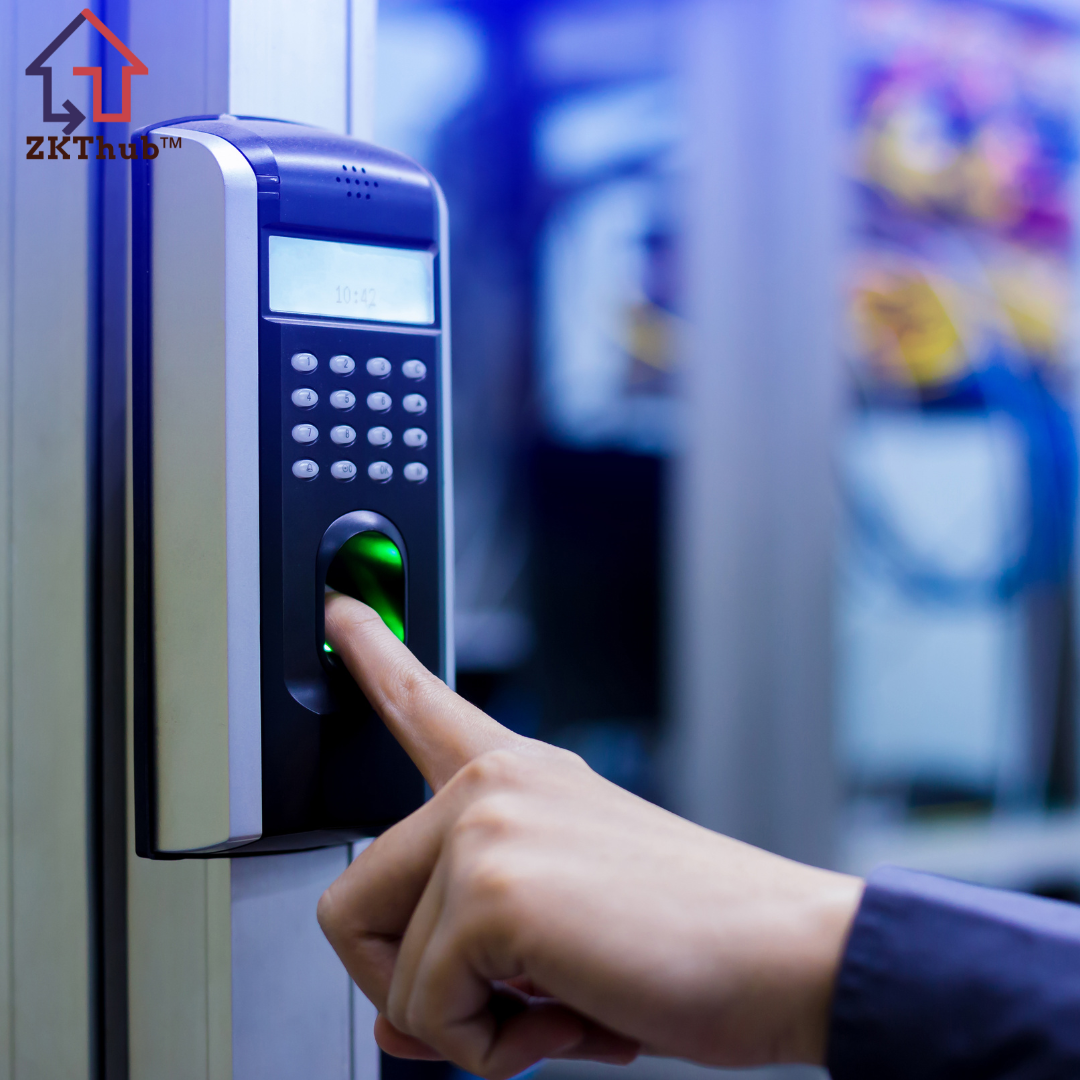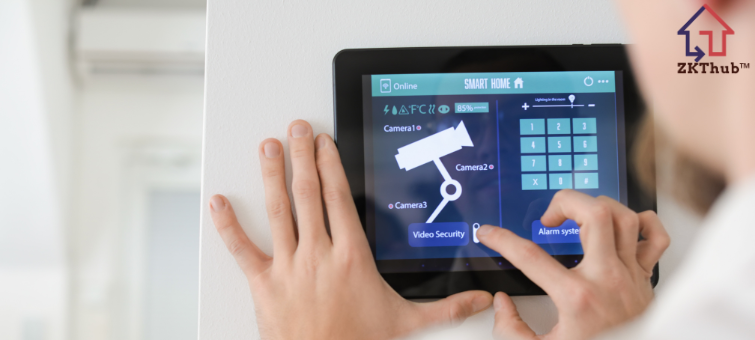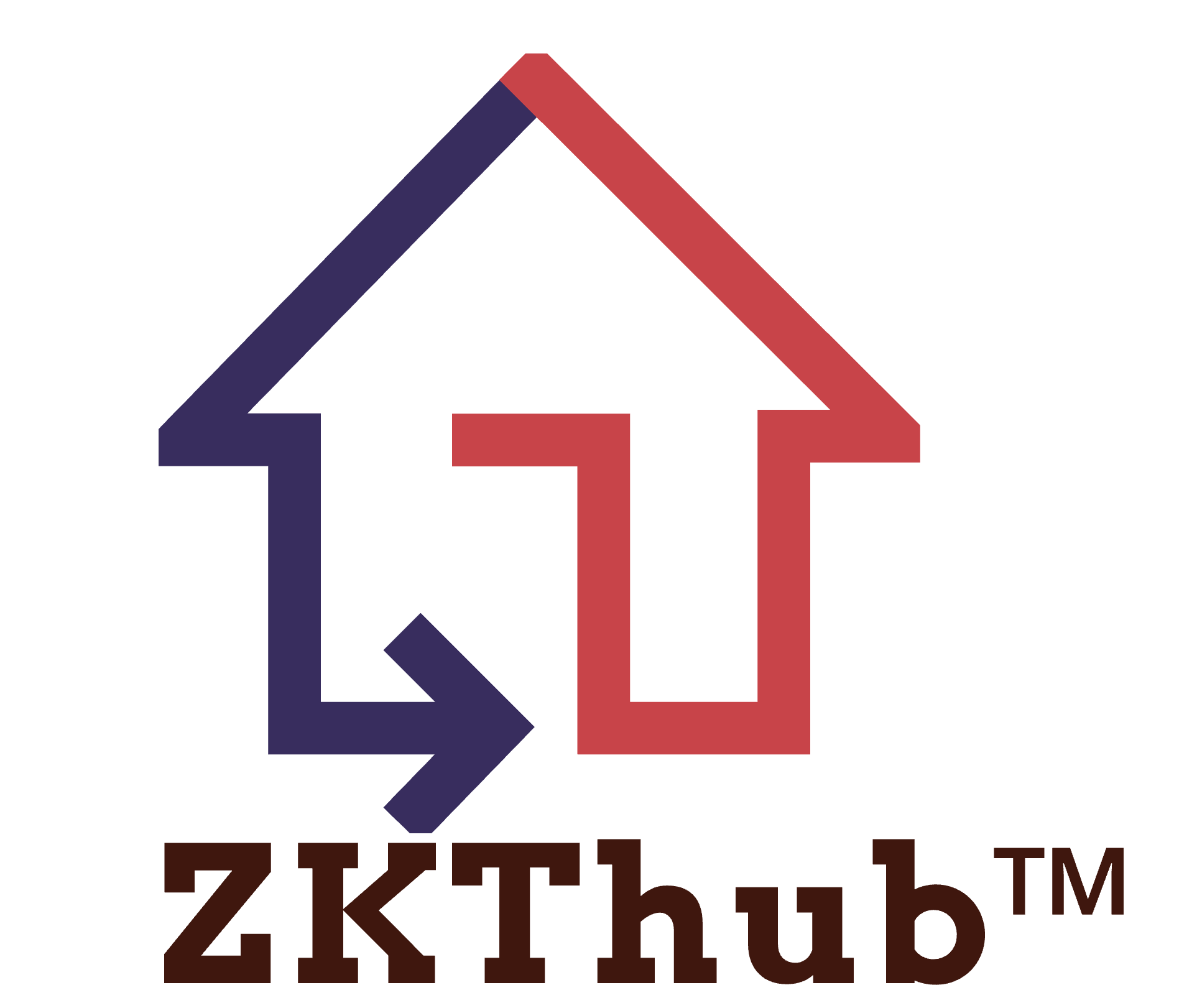Address
Shop No - 4, Near Kodathi Panchayath Office, Kodathi Village, Carmelaram Post, Ambalipura - Sarjapur Road, Bengaluru - 560035Call Us
093802 15771
Access Control System
Keep safe your home with authorized personal safe and secure access
An access control system is a security solution designed to regulate and manage who can enter or exit a building or specific areas within it. It plays a crucial role in safeguarding assets, ensuring safety, and maintaining operational efficiency in various environments, including residential, commercial, and industrial settings.
Key Components:
- Access Control Panels: These are the central hubs of the system, managing access permissions and processing data from various input devices. They can handle multiple doors and entry points and often come with user-friendly interfaces for configuration and monitoring.
- Identification Readers: These devices authenticate individuals attempting to gain access. Types include:
- Keypad Readers: Require users to enter a PIN or passcode.
- Card Readers: Use magnetic stripe cards, proximity cards, or RFID cards to grant access.
- Biometric Readers: Authenticate users based on unique physical characteristics, such as fingerprints, retinal scans, or facial recognition.
- Electronic Locks: These locks are controlled electronically by the access control panel. They can be integrated with card readers, keypads, or biometric systems and include various types such as magnetic locks, electric strikes, and electronic deadbolts.
- Access Control Software: This software manages the configuration of access permissions, generates reports, and provides monitoring capabilities. It allows administrators to set up user profiles, schedule access times, and review access logs.
- Intercom Systems: Often integrated with access control systems, intercoms allow communication between entry points and control stations, enabling verification and remote unlocking of doors.
- Alarm and Notification Systems: These systems provide alerts in case of unauthorized access attempts or security breaches. They may include sirens, strobe lights, or notifications sent to security personnel or administrators.
Benefits:
- Enhanced Security: Access control systems restrict entry to authorized personnel only, reducing the risk of unauthorized access and potential security breaches. They can be tailored to provide different levels of access based on roles and requirements.
- Convenience: Electronic access methods, such as keycards or biometrics, eliminate the need for traditional keys, making it easier to manage access and reducing the risk of lost or stolen keys.
- Audit Trails: These systems provide detailed logs of access activities, which are valuable for monitoring and investigating security incidents. Audit trails can help identify who accessed specific areas and when.
- Scalability: Access control systems can be scaled to accommodate different sizes and types of properties. They can be expanded to include additional doors, entry points, or integration with other security systems as needed.
- Remote Management: Modern systems often offer remote access through web interfaces or mobile apps, allowing administrators to manage access, configure settings, and monitor security from anywhere.

What is an Access Control System?
An access control system is a security mechanism designed to manage and regulate who can enter or exit a building or specific areas within it. It ensures that only authorized individuals have access to certain spaces, enhancing security and controlling entry based on permissions.
- Crime prevention
- Industrial processes
- Traffic monitoring
- Transport safety
- Sporting events
- Monitor Employees
- Institutions
- Criminal use
- Home security
- Access Control Panels: Central units that manage and process access requests. They control the overall system and can handle multiple entry points.

Details of Accessories
Accessories for an access control system enhance its functionality, security, and ease of use. Here are some key accessories:
- Card Readers: Devices that read access cards or key fobs. They come in various types:
- Magnetic Stripe Readers: Read data encoded on the magnetic stripe of a card.
- Proximity Readers: Use radio frequency identification (RFID) to detect cards or fobs without physical contact.
- Smart Card Readers: Read data from smart cards with embedded microchips for higher security.
- Keypads: Allow users to enter a PIN or passcode for authentication. They can be standalone or integrated with other access control devices.
- Biometric Readers: Verify identity using unique physical characteristics, such as:
- Fingerprint Scanners: Read and match fingerprint patterns.
- Facial Recognition Systems: Use cameras to identify individuals based on facial features.
- Retina Scanners: Analyze the unique pattern of blood vessels in the eye.
- Electronic Locks: Controlled by the access control system to secure doors or gates. Types include:
- Magnetic Locks: Use electromagnetism to keep doors locked.
- Electric Strikes: Work with traditional locks to electronically release the latch.
- Electronic Deadbolts: Provide a higher level of security with motorized locking mechanisms.
- Access Control Panels: Centralized units that manage and process access requests. They can be standalone or networked and handle multiple entry points.
- Intercom Systems: Allow communication between entry points and control stations, enabling remote verification and unlocking of doors.
- Alarm Systems: Integrated with access control systems to provide alerts for unauthorized access attempts or breaches. These can include sirens, strobe lights, or notifications.
- Key Fobs: Portable devices that communicate with card readers or proximity readers to grant access. They are often used as an alternative to access cards.
- Power Supplies: Ensure that access control components receive a stable power source. Includes:
- AC Adapters: Provide power to individual devices.
- Power Over Ethernet (PoE): Supplies power and data through a single Ethernet cable.
- Backup Batteries: Maintain system operation during power outages, ensuring continuous security.
- Mounting Brackets: Securely attach card readers, keypads, and other devices to walls or doors.
- Cabling and Connectors: Facilitate the connection between components of the access control system. Includes Ethernet cables, power cables, and connectors.
- Software and Management Tools: Allow administrators to configure access permissions, monitor system activity, and generate reports.
